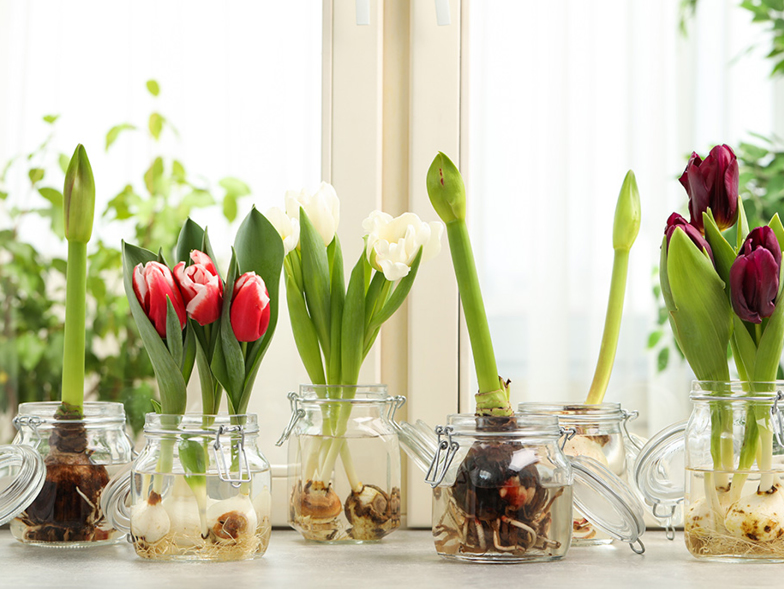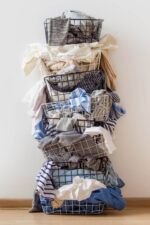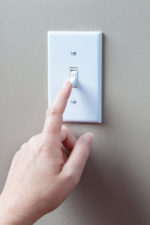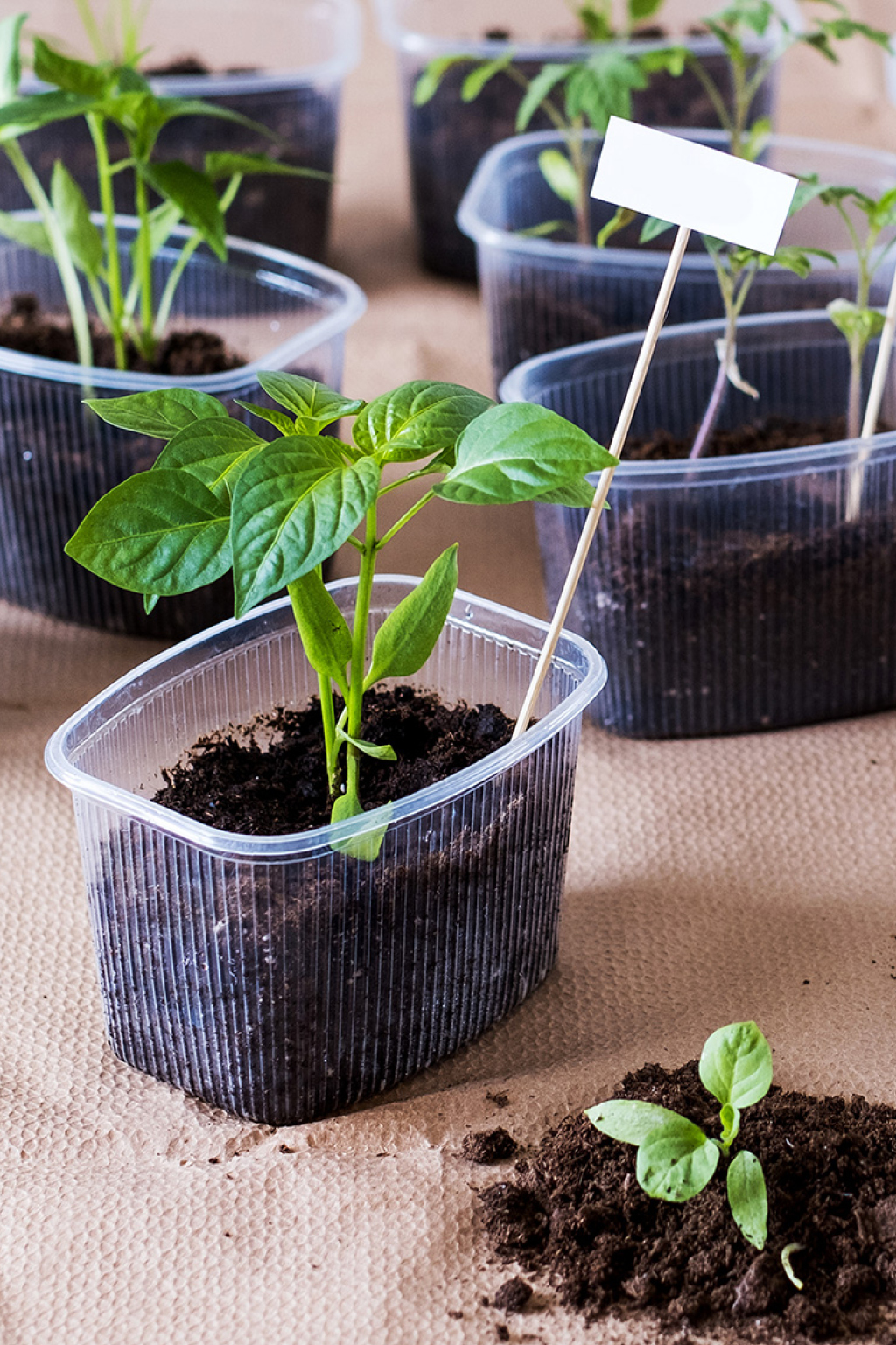How to Grow an Indoor Garden
If you love to plant flower or vegetable gardens, you know that winter months can be difficult in some parts of the country because there are fewer opportunities to dig in the dirt. But you can still flex your green thumb by growing greens, herbs, and flowers inside in the wintertime, and these tips can show you how.

Cultivate an herb garden
If you want to grow your food indoors, herbs are a good choice; some of the best to grow inside are basil, chives, mint, oregano, parsley, and thyme. Simply plant your herb seeds in fresh potting soil in a pot with drainage holes so they don’t get overwatered. For best results, only provide water when the soil is dry, and use drip trays to collect excess water as it drains. (Note: you can also grow herbs from store-bought potted plants, such as the ones you buy in the produce aisle in the grocery store. Just make sure to transfer them into bigger pots once you get them home.) Herbs thrive best in a sunny southern window where they can get at least six hours of sun a day. If you don’t have a brightly lit window, you can provide the light they need with a full-spectrum grow light.

Grow some greens
Leafy greens are an excellent crop to grow indoors since they are simple to start from seed and don’t require much space. They do need several hours of light daily, though, so place them near a southern-facing window or use a grow light. Varieties you could try include arugula, kale, romaine lettuce, and spinach. Use a light and fluffy seed-starting mix in small pots to make it easier for your seeds to germinate, and then transplant your seedlings to larger pots filled with potting soil. Greens love consistent moisture, so consider putting them in self-watering pots with a reservoir system to gradually disperse water to your plants’ roots.

Force bulbs
You might think you need to wait until spring to have flowering bulbs, but you can enjoy them in February or early March if you start now with a technique called forcing. Amaryllis and paperwhite bulbs are often grown this way. To get started, place the bulbs on a base of natural or glass stones in a watertight container with their points facing up and some fresh water just covering the stones. Put the container in a location that’s about 65 degrees, being sure to replenish the water as needed. Once the bulbs develop roots, move the containers to a sunny window where the temperature is about 60 to 70 degrees.
Get some bloomers
You can stave off the winter blues by growing colorful plants like African violets, begonias, geraniums, and poinsettias that can flower indoors. Just be sure to follow the care instructions that come with your plants; some prefer more light, coolness, humidity, or warmth. For instance, begonias and Christmas cacti do well if their pots are set in a shallow tray of pebbles and water so they can get some humidity, whereas geraniums don’t fare as well in high humidity.
Start a succulent garden

Succulents come in many varieties, are easy to grow indoors, and don’t need a lot of water, so they don’t require a lot of care. Your best bet is to choose a species that thrives inside, such as haworthias, gasterias, or hens and chicks. A fun way to enjoy succulents is to plant a mini garden in one container. Fill the bottom half of a bowl that has at least one drainage hole with gravel, and top it off with a succulent potting mix. Then arrange a few succulents in one bowl; just plant them so their tops are higher than the rim of your container. Place your arrangement in a southern window, and water. Once your plants are established, only water them when the soil is dry.
Get your tools
Every successful gardener has the necessary tools of their trade. Handy items that might help you nurture your indoor garden include drip trays, garden pots, grow lights, mini hand trowels, a plant mister, and a watering can.


















